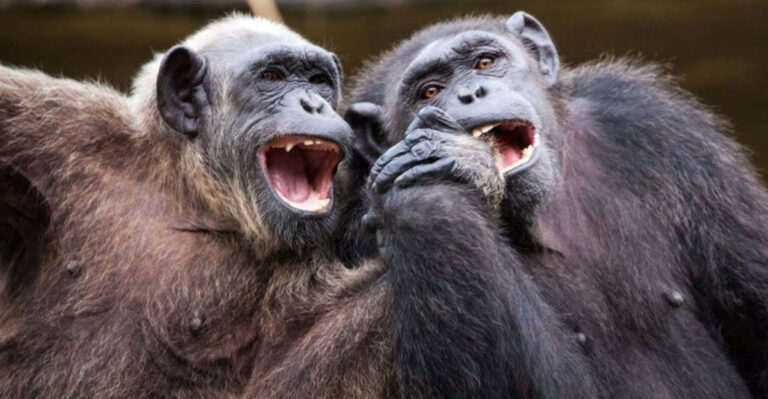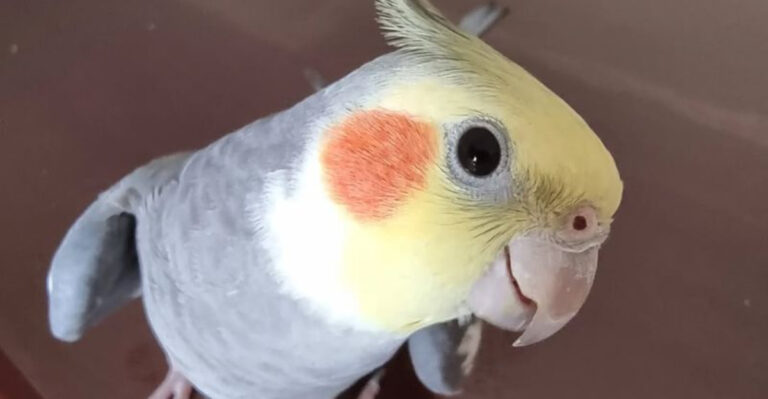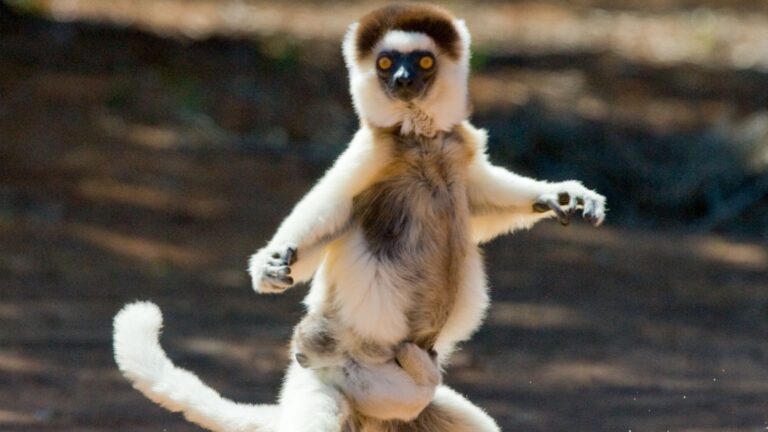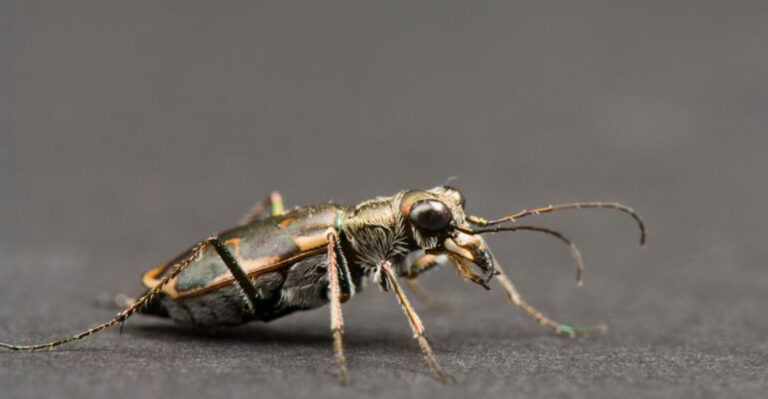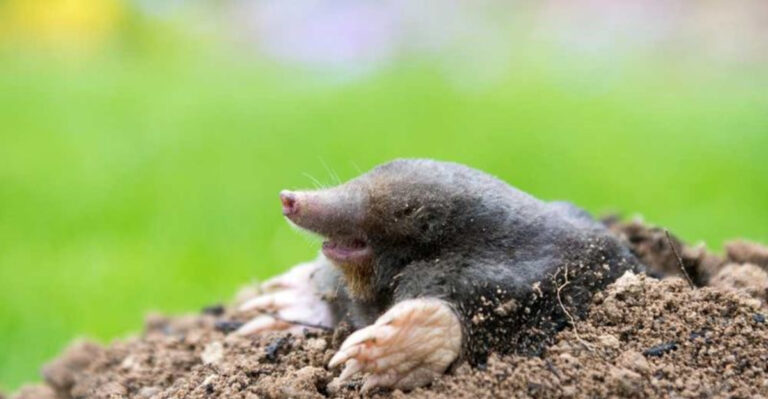16 Fascinating Mammals With Surprising Abilities
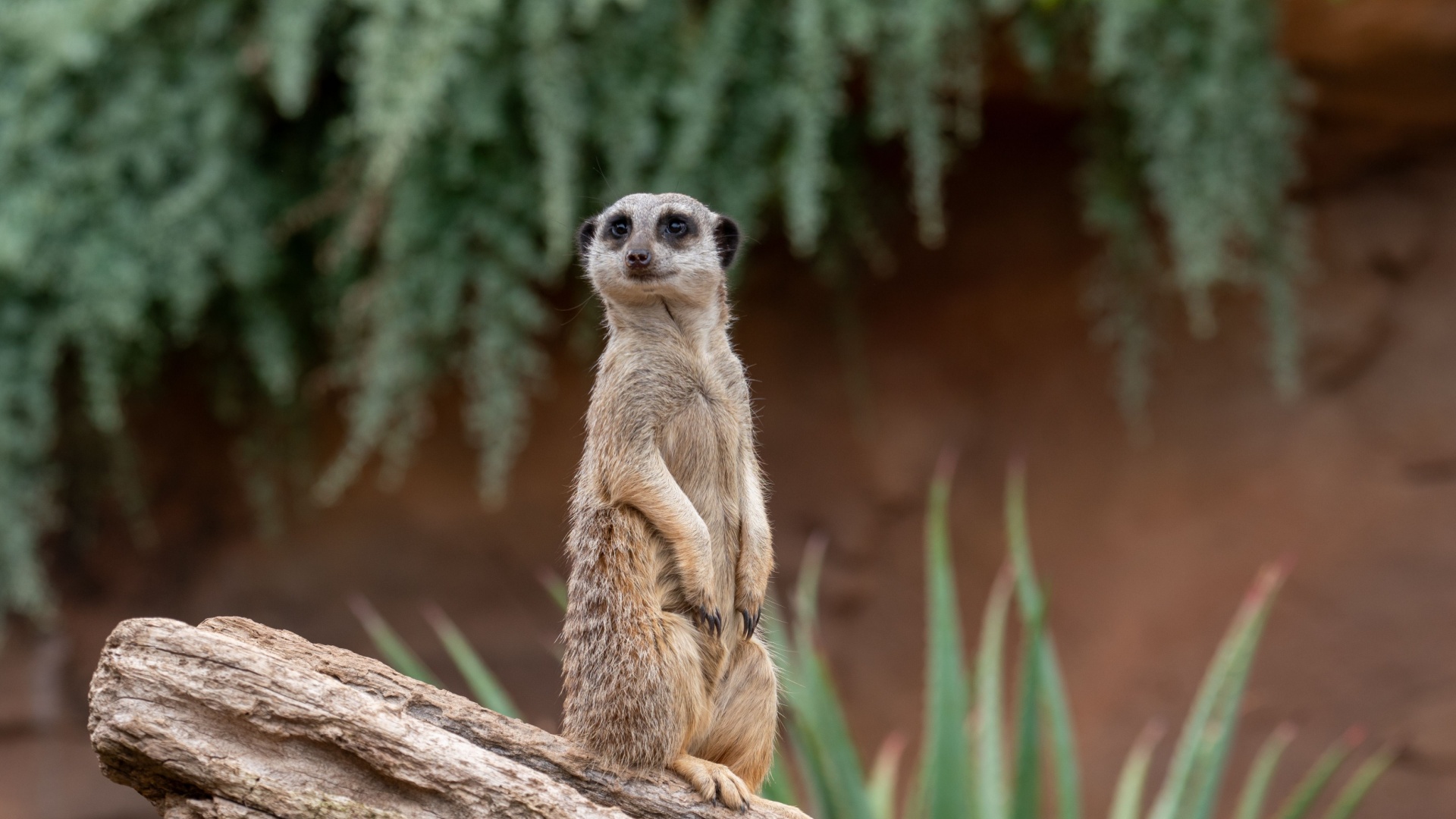
Explore the captivating world of mammals and uncover some truly astonishing abilities. Each of these creatures possesses a unique trait that sets them apart, showcasing the incredible diversity of life on Earth.
From extraordinary hunters to masters of disguise, these mammals demonstrate nature’s ingenuity in the most unexpected ways.
Whether it’s survival, adaptation, or sheer curiosity, these mammals have evolved some remarkable skills.
1. The Echidna
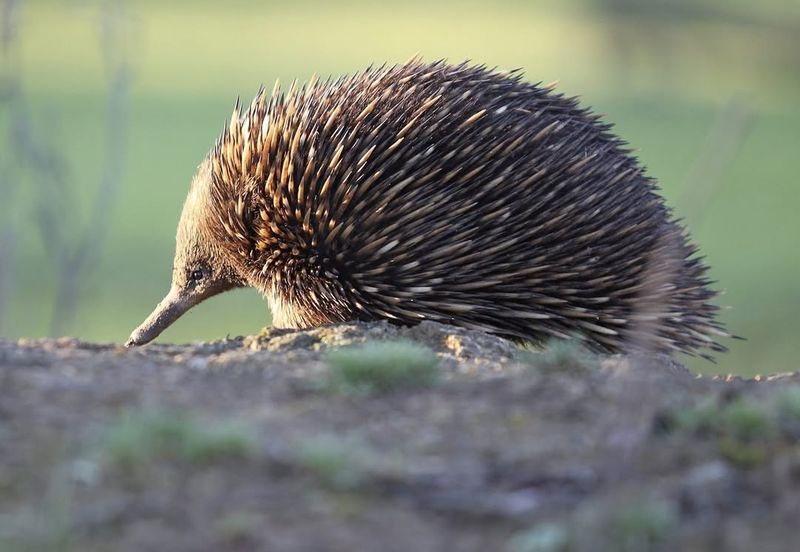
The echidna, with its spiky coat and long snout, is a truly remarkable creature. Found in Australia, this monotreme lays eggs, a rare trait among mammals. Its ability to sense tiny electrical signals helps locate prey underground.
The echidna’s tongue can extend up to 18 cm, perfect for feasting on ants and termites. Its spines offer protection from predators, making it a formidable survivor.
Despite its prickly appearance, the echidna is a gentle forager, wandering through the wilderness with a unique waddle, showcasing nature’s quirky charm.
2. The Platypus
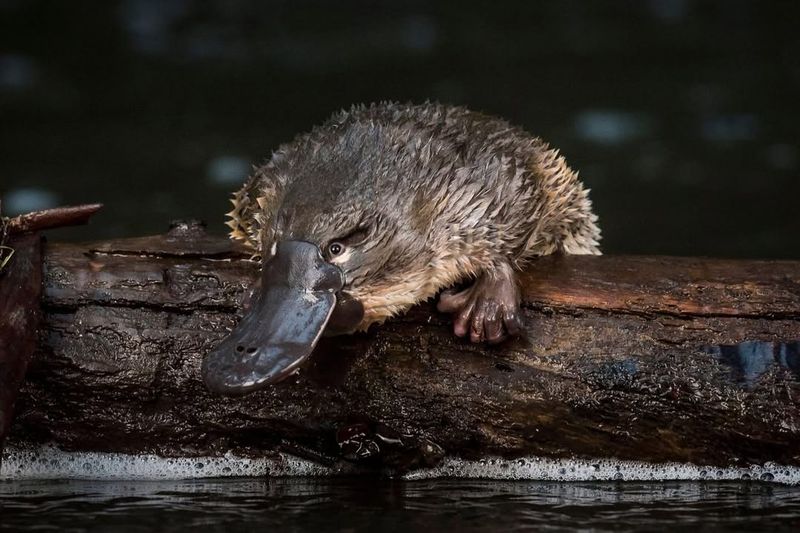
With webbed feet and a duck-bill, this Australian native defies the usual mammalian characteristics. Not only does it lay eggs, but it also nurses its young with milk.
One of its unique abilities is electroreception, helping it detect prey underwater. A venomous spur adds to its defensive traits, while its cheek pouches store food like insects and shellfish.
3. The Flying Squirrel
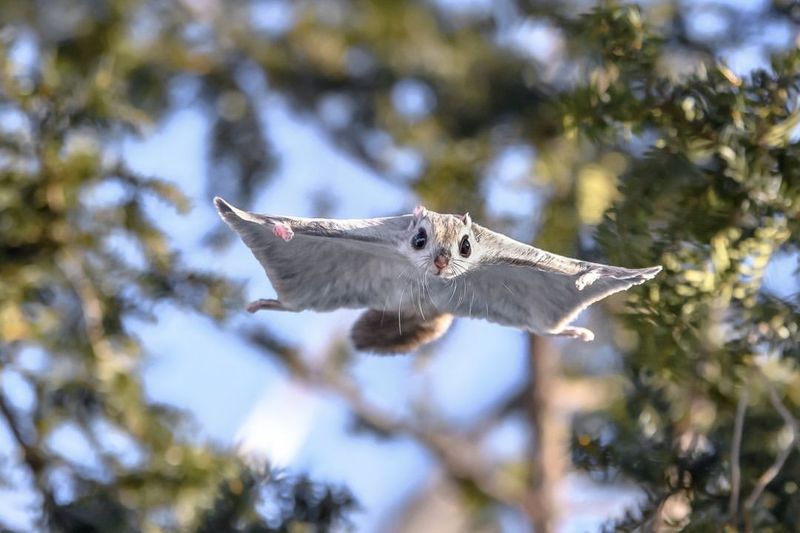
Flying squirrels don’t actually fly, but their gliding skill is impressive. Using a membrane called the patagium, they glide between trees.
This adaptation helps them escape predators and find food across vast distances. These nocturnal creatures have large eyes, enhancing their night vision.
Their ability to jump and glide silently through the air showcases an incredible adaptation for survival, turning the forest canopy into a playground of aerial acrobatics.
4. The Narwhal
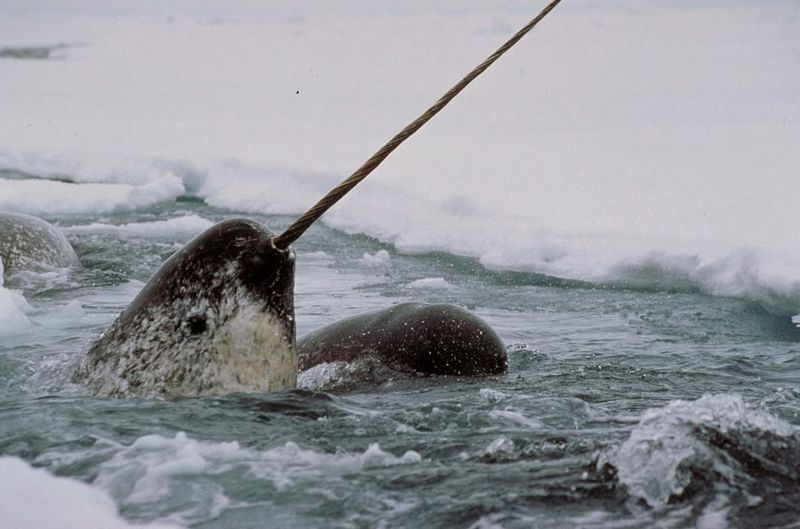
With its long, spiral tusk, the narwhal, often dubbed the “unicorn of the sea,” is a captivating marine mammal.
This tusk, actually an elongated tooth, can grow up to 10 feet long. Narwhals use it for sensing environmental changes and possibly for communication.
Their mysterious tusk and adaptability to harsh environments continue to intrigue scientists and nature enthusiasts alike.
5. The Bat
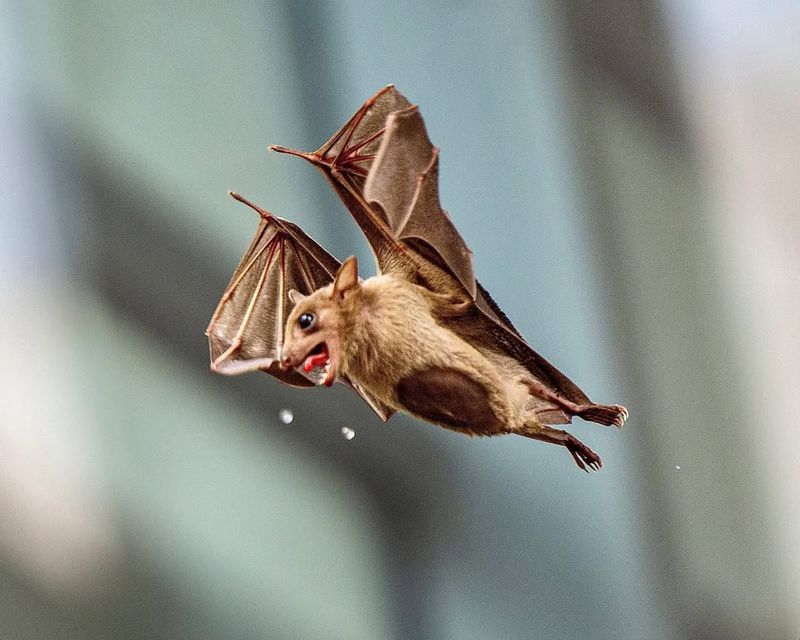
Bats, the only flying mammals, boast an extraordinary navigational system known as echolocation. Emitting high-pitched sounds, they interpret the echoes to avoid obstacles and locate prey.
This ability allows them to hunt insects with precision even in complete darkness. Bats play a crucial role in ecosystems by controlling insect populations.
Bats’ contribution to pollination and seed dispersal further highlights their importance, making them unsung heroes of the night.
6. The Dolphin
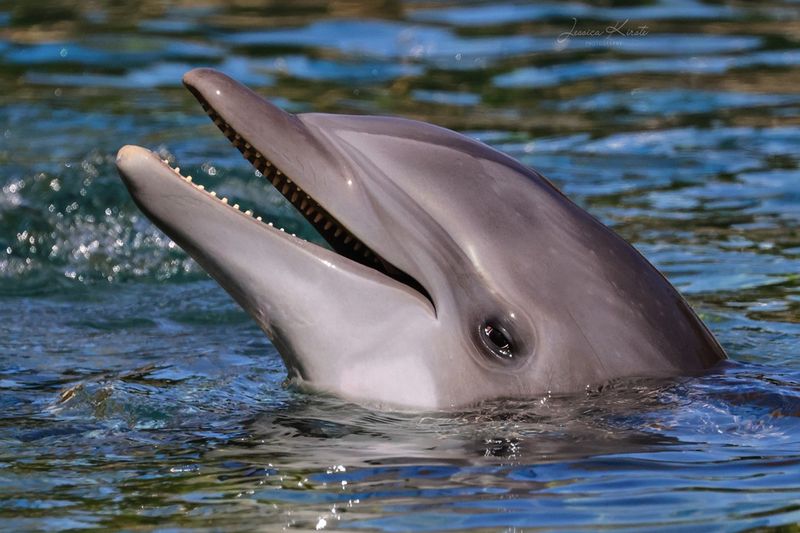
Known for their playful behavior and intelligence, dolphins exhibit complex social structures in pods. Using echolocation, these marine mammals navigate vast oceans and hunt with impressive precision.
Their ability to learn and mimic sounds highlights their remarkable cognitive skills. Frequently seen riding waves and interacting with humans, dolphins’ joyful presence and charisma make them beloved creatures around the world.
7. The Armadillo
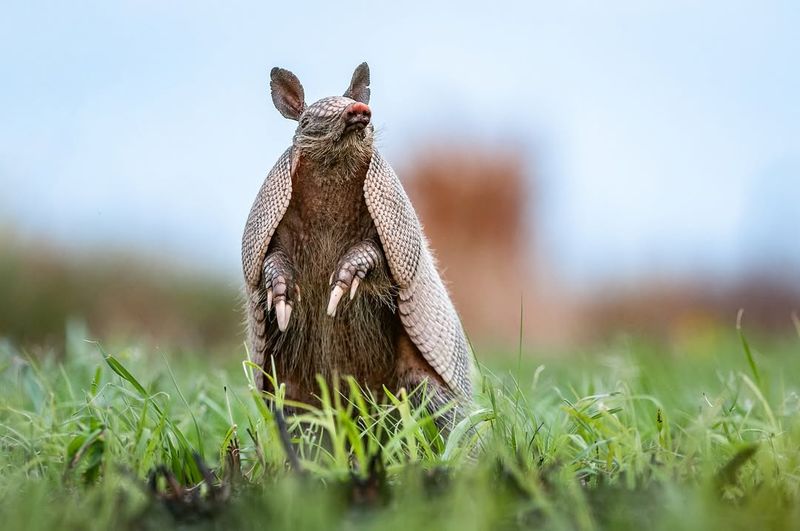
With their bony plates forming a protective armor, armadillos can curl into a ball to shield themselves from predators. Skilled diggers, they use strong claws to burrow for insects and roots.
These nocturnal creatures avoid heat and predators, making them well-suited to their environment. Their ability to hold their breath underwater while crossing streams further enhances their survival skills.
8. The Chameleon
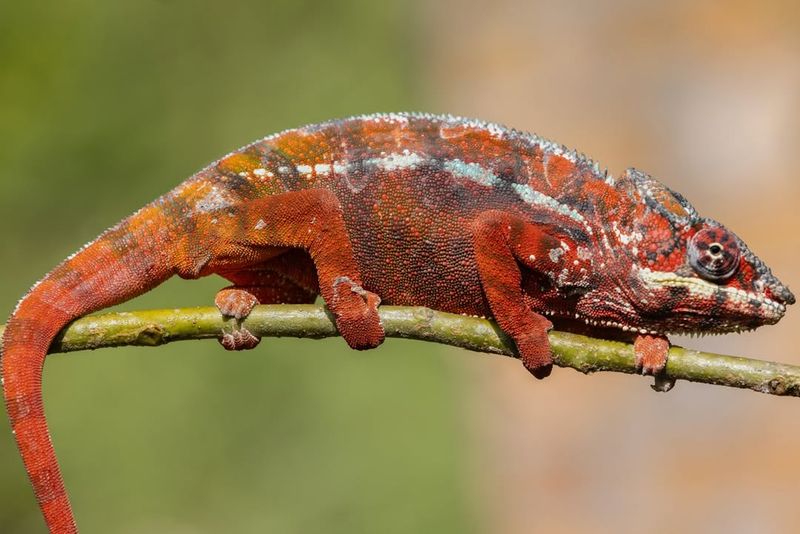
Chameleons are masters of disguise, famous for their ability to change color. This skill aids in communication, temperature regulation, and camouflage.
Found primarily in Madagascar, chameleons also have a 360-degree vision thanks to their independently moving eyes.
Chameleons’ unique adaptations make them fascinating reptiles, embodying nature’s creativity in surprising ways. Their color-shifting ability and peculiar appearance continue to captivate researchers and wildlife enthusiasts alike.
9. The Kangaroo
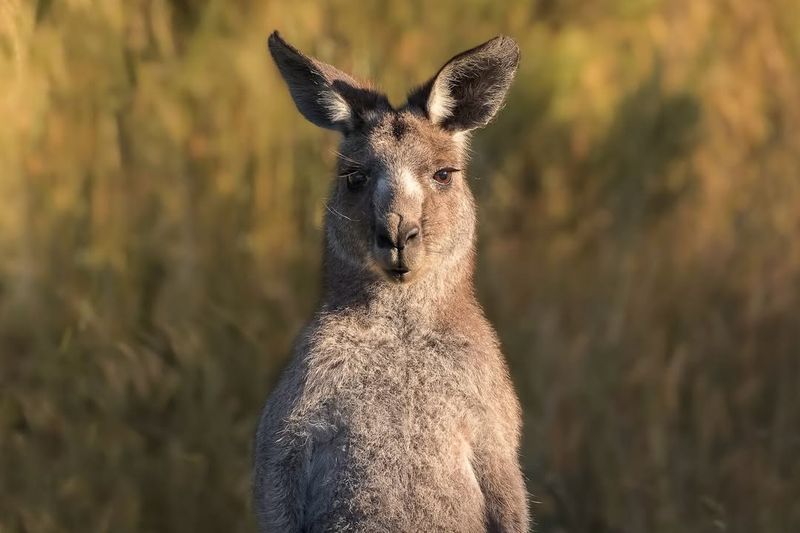
Known for their powerful hind legs, kangaroos are iconic symbols of Australia, hopping efficiently to cover vast distances.
Their strong tails provide balance and support, crucial for their distinctive locomotion. Female kangaroos carry their young, or “joeys,” in pouches, offering a safe and nurturing environment.
Living in varied habitats, kangaroos are adaptable grazers, feeding on grasses and shrubs while forming social groups called mobs.
10. The Elephant
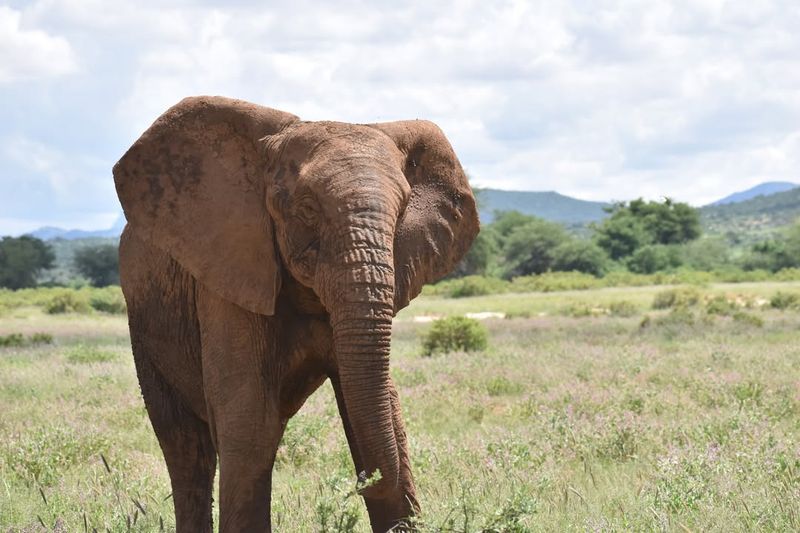
Elephants are gentle giants, known for their intelligence and emotional depth. Their trunks, composed of over 40,000 muscles, are versatile tools for feeding, drinking, and communication.
Elephants form close family bonds and exhibit behaviors indicative of empathy and mourning. Their large ears help regulate body temperature in hot climates.
Elephants’ profound intelligence and social complexity make them revered creatures, symbolizing wisdom and strength across cultures.
11. The Sloth
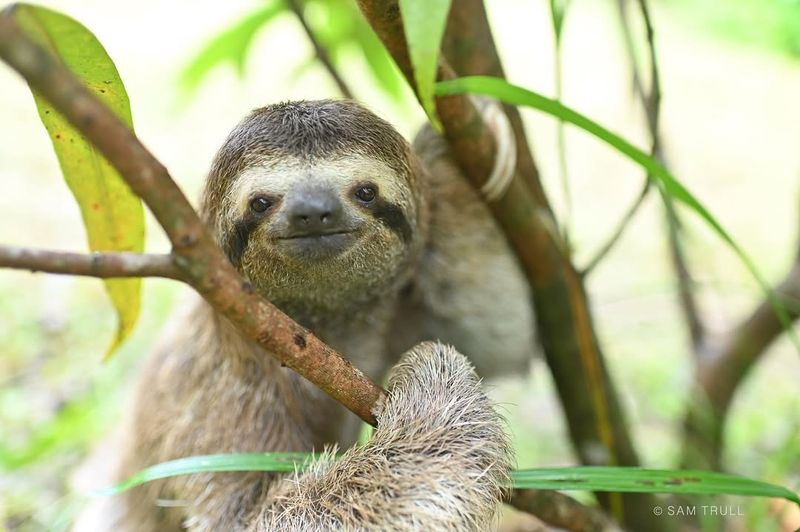
Sloths are the undisputed champions of slow living. Spending most of their lives hanging upside down in trees, their leisurely pace is a survival strategy, conserving energy in their leaf-based diet.
Found in Central and South American rainforests, sloths are well-camouflaged, blending seamlessly with leaves. Their long claws aid in climbing and hanging, while algae growing on their fur offers additional camouflage.
Sloths’ unique lifestyle and endearing appearance have captivated the hearts of many, serving as reminders to embrace a slower, more mindful way of life.
12. The Orca
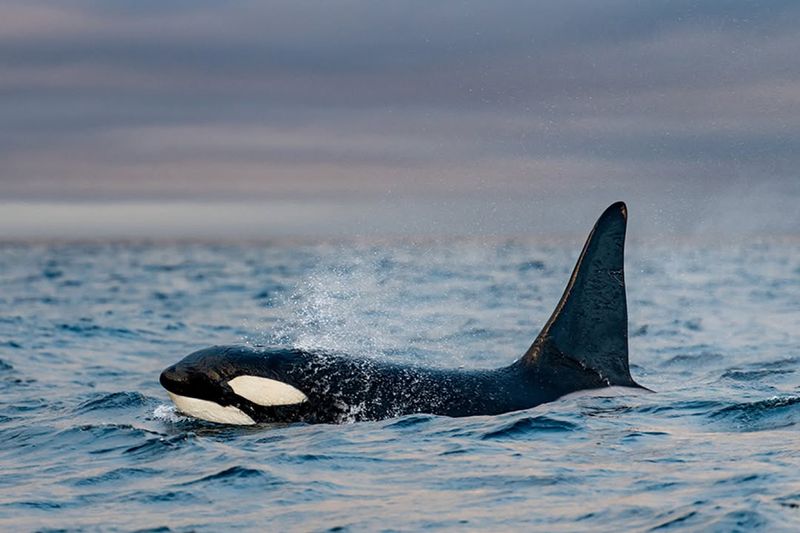
Living in pods, they employ sophisticated hunting techniques, including coordinated attacks and using echolocation. Orcas’ diets vary greatly, from fish to marine mammals, reflecting their adaptability.
Their striking black and white patterns aid in camouflage during hunting. Found in oceans worldwide, orcas are playful yet powerful, often seen riding waves and breaching.
Their complex vocalizations and tight family bonds make them fascinating creatures, embodying the ocean’s mystery and majesty.
13. The Meerkat
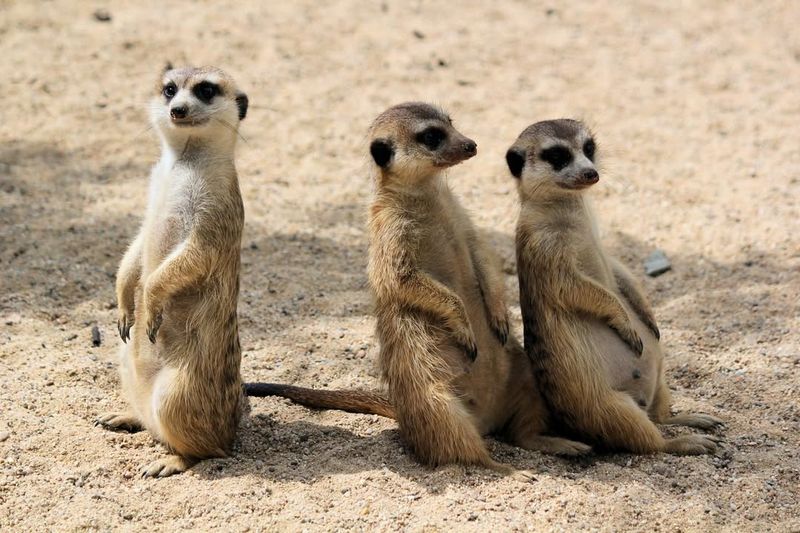
Native to the deserts of Southern Africa, meerkats are small, social mammals that thrive in mobs. They work together in raising young, foraging, and taking turns as sentries to watch for predators.
With a diet of insects, birds, and small reptiles, meerkats are agile and curious, digging complex burrows for shelter.
Their cooperative behavior and playful antics have made them stars of wildlife documentaries, demonstrating the power of teamwork in the animal kingdom.
14. The Beaver
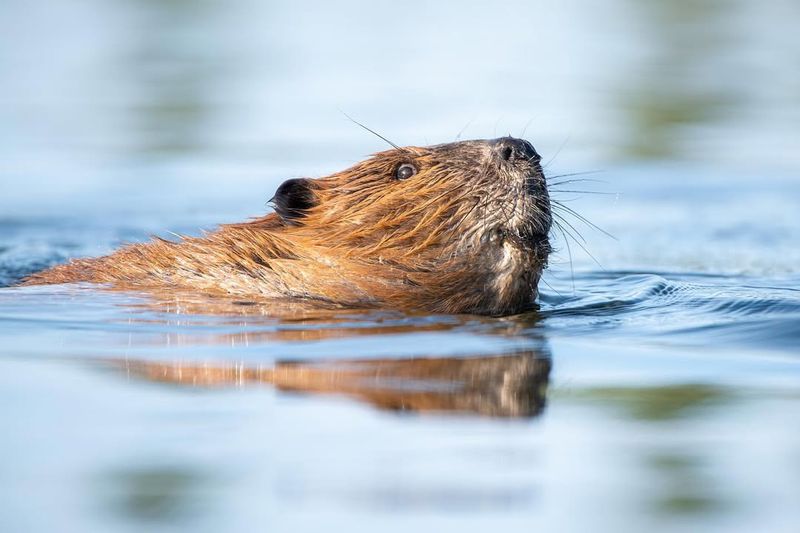
Beavers are nature’s engineers, renowned for their ability to build dams. Using their strong teeth and flat tails, they construct elaborate structures that create ponds, benefitting entire ecosystems.
Beavers’ lodges provide shelter and protection from predators. Their work in altering landscapes supports biodiversity and helps regulate water flow.
Found in North America and Europe, beavers are nocturnal workers, tirelessly gnawing on trees and transporting materials.
15. The Giraffe
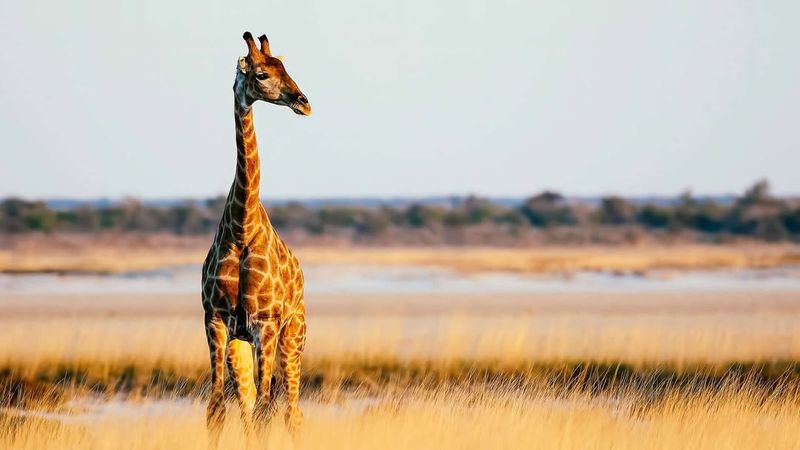
Giraffes stand tall as the world’s tallest mammals, with necks reaching impressive lengths. This adaptation allows them to feed on leaves high in trees, particularly acacias.
Found in African savannas, giraffes’ long legs and necks facilitate spotting predators from afar. Their patterned coats offer camouflage in the dappled light of their environment.
Giraffes’ unique physiology and majestic presence captivate all who encounter them.

